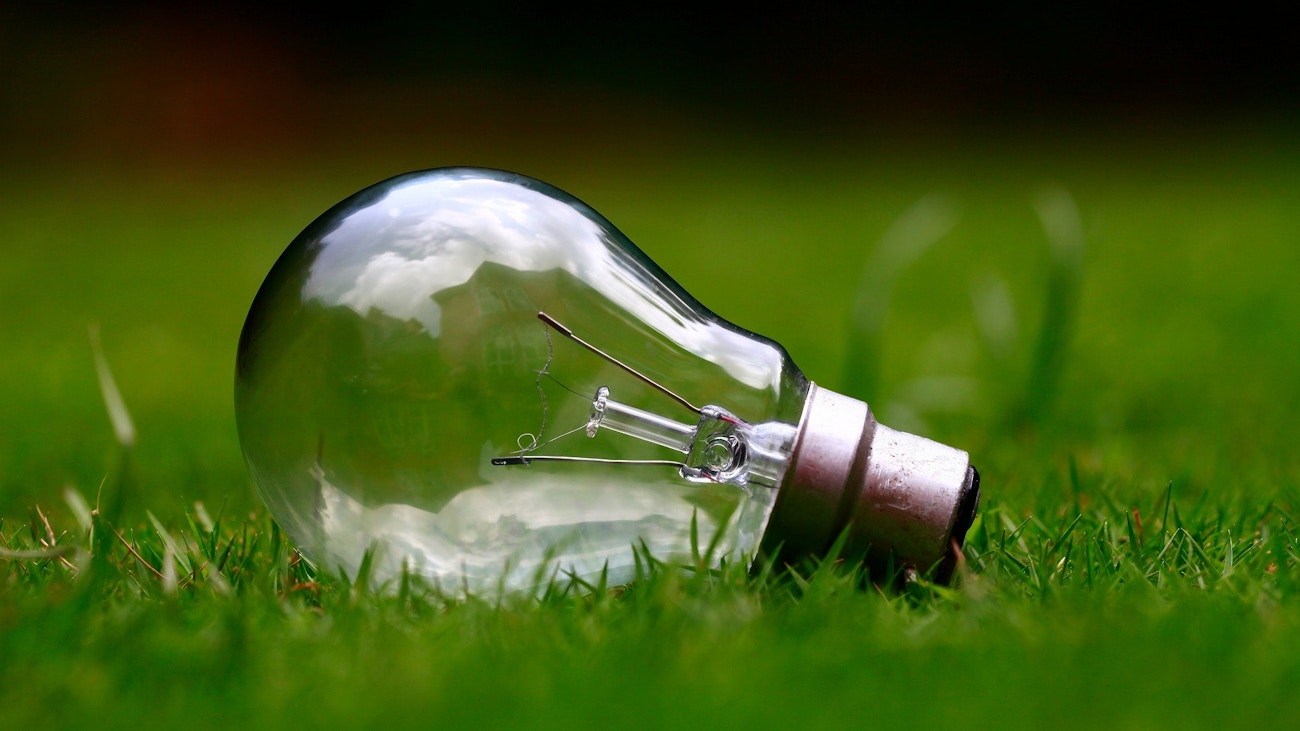
Simplify Lighting Control with DALI Cables
In this blog, we'll delve into the transformative power of DALI lighting control.
Blog

Author: Greg Devenish
With the worlds ever-growing concern for the health of our environment, many households and businesses have turned towards new lighting technology as a way to help combat global warming. While the problem does not stem from light bulbs themselves, smarter decisions can be made to help reduce the amount of electricity being used and therefore CO2 being produced. Fortunately, with smart lighting design choices, both energy consumption and negative environmental effects can be reduced. Here’s how.
At Hampshire Light, we’re huge fans of lighting controls, so much that we’ve created a complete guide to lighting control systems. Not only do they benefit the aesthetics and atmosphere of a space but can help reduce energy consumption too. Here are some examples of various lighting controls that can be integrated within a lighting design scheme to improve energy efficiency.
Dimmers are devices connected to a light fixture and used to control the brightness of a light. By changing the voltage waveform applied to the bulb, it’s possible to lower the intensity of the light output, therefore reducing the amount of energy being used.
When linked with lighting, occupancy sensors detect movement and automatically turn on lights for convenience. Sensors are placed at an entrance to detect when somebody enters a room. This type of lighting control is commonly used within hotels and other businesses operating in the hospitality industry. For example, when entering a restaurant bathroom, you may often find the lights automatically switch on as you enter. This is an extremely effective way to help reduce energy consumption by ensuring lights are only being used when needed.
The most advanced lighting control system. Networked lighting controls are designed to give complete control over your lights using computers, hand-held technology and integrated keypads. With lighting system software, operators can turn lights on/off, select between various scene settings, and set timers. Advanced software programs can even store data and create charts to help monitor energy usage. How’s that for efficiency?
Below is an example of networked lighting controls used in a recent lighting design project of ours. We worked alongside our client to distinguish their requirements and designed 5 scenes tailored to their kitchen activities. This resulted in an energy efficient and flexible lighting scheme.
Energy efficient lighting design focusses on methods and materials that improve both the efficiency and quality of lighting. With basic lighting design principles such as the following, an energy efficient lighting scheme can be achieved:
You can determine the efficiency of light bulbs by comparing the amount of light produced to the amount of energy consumed. The winner will be the fixture that emits the most light (lumens) from the least amount of energy (watts). LED bulbs produce 90 to 112 lumens per watt, Compact Fluorescent Lamps produce 40 to 70 lumens per watt, and incandescent bulbs produce 10 to 17 lumens per watt. From this, you can see LED light bulbs are the most energy efficient. On top of this, LED bulbs can last as long as 17 years, that's with 8 hours of usage every day.
At Hampshire Light, our complete end-to-end design process includes the recommendation of superior lighting components, systems and controls. Energy efficiency is at the forefront of our minds to help our customers achieve a lighting scheme that is both aesthetically and environmentally focussed. If energy efficiency is part of your project requirements, contact us today for your complimentary deign consultation.
In this blog, we'll delve into the transformative power of DALI lighting control.
More info
Lighting is more than illumination, it shapes mood, function, and style in a home. Discover why planning lighting early in a new build transforms spaces, enhances comfort, and ensures every room looks and feels its best.
More info